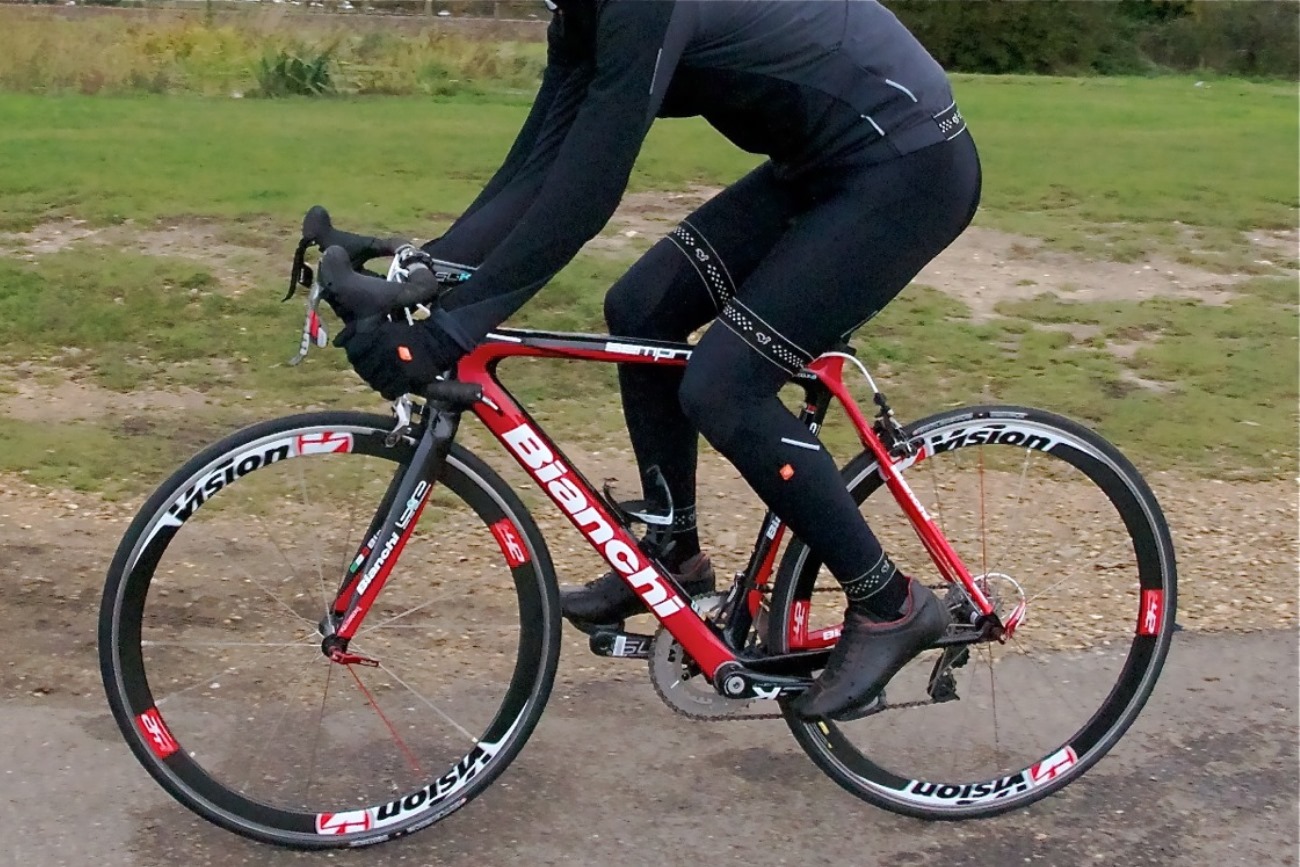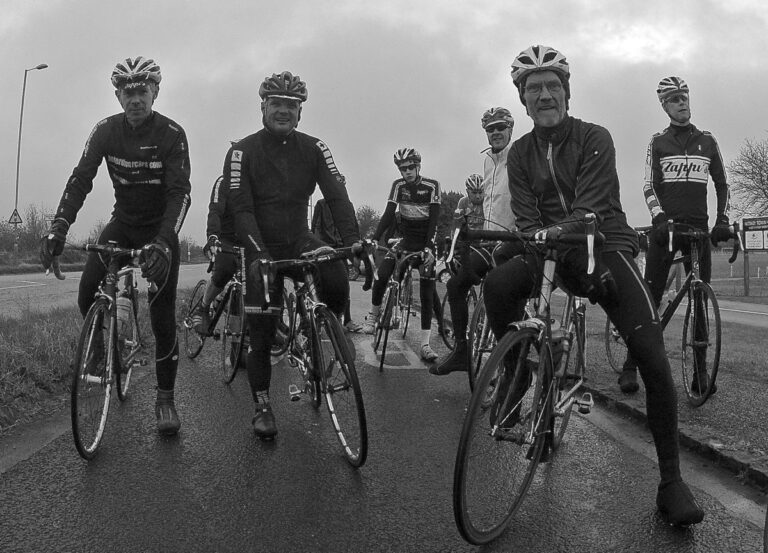What is fasted training?
-

Caption (Pic: Science in Sport)
-

-

Winter riding, pic: Factory Media
What is fasted training?
If your new year’s resolution is to shed a few kilograms in preparation for a summer of cycling, then your ears may prick up at idea of fasted training.
Fasted training is in contrast to traditional science which dictates that your carbohydrate stores should always be topped up before training and means that you are exercising in a low-carbohydrate state – essentially you are training before fueling to teach your body to use fat as the dominant fuel source.
The easiest way to achieve this is usually by training first thing in a morning without having had any breakfast. This means you will become glycogen depleted very quickly as your blood sugar will be low and much of your liver glycogen will have been used in your overnight fast. As you start to exercise your muscle glycogen is also used up very quickly, depending on how intensely you exercise.
As long as you do not try and train at too high an intensity, fat becomes the dominant fuel source. Training in this way improves the metabolic pathways for burning fat, helping you to reduce your body fat stores and improve your body composition.
So what is the science behind fasted training and are there any drawbacks?





